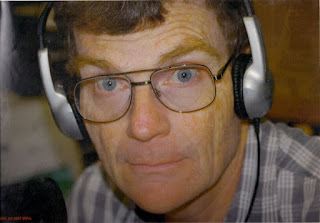Simple Antennas for the Hawaii Island Amateur Radio Operator-a continuing series
Those of us forced to use compromise antennas brought on by limited real estate, restrictive CCRs, and HOA (home owner associations) may have another way to enjoy amateur radio without worrying about the neighbors. The May 2012 edition of "QST" has several interesting articles about HF digital operations. I was most interested in an article by Steve Ford, WB8IMY, called "Who's on JT65?" Despite its limitations, this mode for moonbounce communication developed by Dr. Joe Taylor, K1JT, is becoming more popular as the year rolls on. Ford says, "the key to JT65's burgeoning popularity is found in the fact that you can use it to make contacts over great distances with a few watts and just about any antenna. As you can imagine, hams confined to indoor operating have embraced JT65 with a passion." Ford goes on to describe the experiences of Ron Kolarik, K0IDT, and Sergey Kohno, UR3CTB, in Ukraine as models of what this mode can do. There are limita
